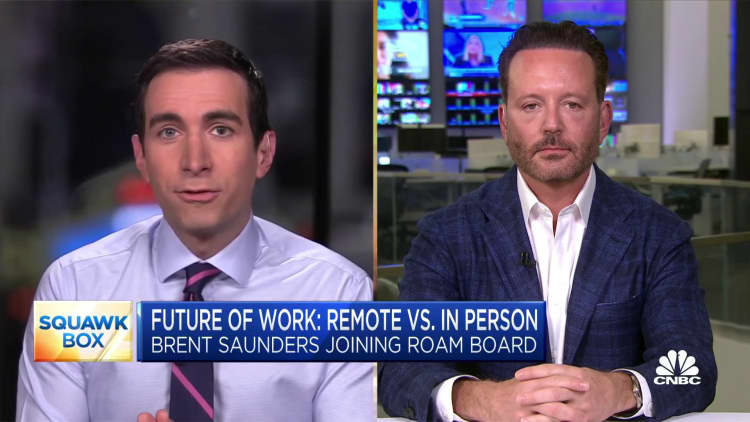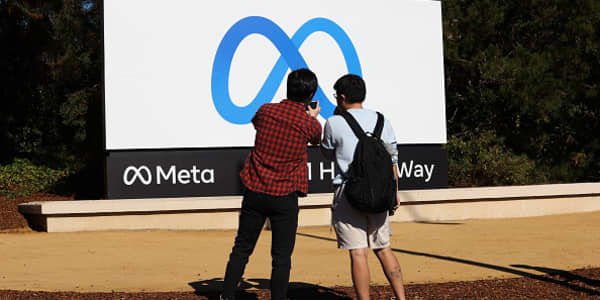For organizations that are ready to move past temporary remote or hybrid work arrangements, remote work "maturity" is the final step. To succeed with a distributed and flexible model over the long term, experts from Atlassian and other firms that have been proponents of remote work models note the importance of best practices and collaborative technology to keep the momentum going.
"We believe every single company, no matter where their employees are located, need to use the principles of distributed work to power a more modern workforce," said Annie Dean, vice president of team anywhere at Atlassian, a software company offering a range of collaborative tools. It endorsed remote work even before the pandemic.
How meetings are conducted with the help of collaboration tools has been a focus for Atlassian. Anyone involved in a meeting can comment on a document, which is shared before the event — increasing employee visibility regardless of seniority — and then use meeting time to ask additional questions as needed. Dean says decisions at Atlassian are typically made in about 12 minutes using its collaborative tool, known as Confluence. "We don't need to be victimized by these 30-minute slots that fill us up three weeks in advance and prevent us from focusing on what's important," she said. "We can give people time back."
Dean pushes Atlassian employees to keep 50% of their day open for individual-focused productivity.
Companies with highly effective documentation are more than twice as likely to report that their company maximizes the positives of remote work, according to the Gusto Hybrid Work Playbook. Documentation is a common thread among modern technology companies, and remote maturity goes beyond that. For early remote work adopters, rigorous documentation has been key from the beginning. GitLab, an open source software firm that has been "office-less" for over a decade, codified its remote-work best practices in a book that can be downloaded.
Freelancing platform Upwork is now three years into its remote transition. At the organization, managers have access to operating plans and strategic documents, which they use to work with individual employees to coordinate quarterly goals and directives. Rather than laddering up to company-wide goals, the architecture prioritizes individual talent and capacity. "It's about not just personal accountability, but personal visibility," said JJ Reeder, Upwork's director of remote organizational effectiveness, who has been a remote worker since 2006, long before the trend flourished. "Each employee knows how their performance is being measured because they're responsible for inputting it and updating their status throughout the quarter," Reeder said.
At Upwork, about three-quarters of the organization have adopted the practice.
Gusto's research indicates that this approach is effective. Nearly half of companies who report having clear goals say remote or hybrid work has been positive for company performance.
Reeder says while tools can help make remote work more effective, leaders should not use software to mask inefficiencies. "You can have all the tools in the world, but if you're not using them well, then you have a worse experience," Reeder said.
A new Atlassian report finds that 26% of workers who receive access to remote collaboration tools don't necessarily have the right tools or adequate training to be effective.
Business credit card and finance company Brex has embraced a distributed work model all the way down to the level of trusting employees' to choose their own collaboration and project management technology. "We empower our employees to use whatever constellation of tools that works best for them," said Angela Crossman, chief people officer at Brex. "Flexibility really means flexibility. We expect you to be productive and to know what works best for you and your team," she said. Whether it's Monday.com, Clockwise, or another tool, Crossman says the company aims to have partnerships with the software offerings that workers across the organization prefer.
"We think a lot about making sure people can do great work without forcing it into one model," Crossman said. "Any model that you have needs to incorporate distributed work, even if you yourself are not remote."
While that particular practice may not be the norm, flexibility is a must for sustainable remote-first success — and the idea of maintaining a remote-first model is a key practice in and of itself.
Reeder says the same systems need to be in place whether an organization is remote or hybrid. "If you commit to remote first, then you can run a hybrid organization, because ultimately they work on the same connective tissue," she said.
Despite identifying as a remote-first organization, Upwork has kept its offices in San Francisco and Chicago, but has repurposed them as gathering places for team building and other events. Atlassian also kept its offices (about half of Atlassian employees visit an office at least monthly). Meanwhile, Brex is keeping its real estate footprint small and flexible.
Having tools and best practices in place for a distributed work model goes a long way in helping productivity, but the business benefits go beyond that. Remote companies that hold regular celebrations (virtual or otherwise) are 85% more likely to report being far above average in building company culture, according to Gusto.
Brex hosts an all-hands meeting every few weeks, with a running chat and active Slack channel. "People can participate and celebrate each other," Crossman said. "That rocket ship emoji gets a workout."
Brex's employee resource groups also serve as communities, where people connect on Slack but also in person when their paths align. This is another way to increase employee visibility. "I think those communities can be an equalizer. You don't think about level. You don't think about hierarchy," Crossman said.
While there is a benefit to meetings (and, for some workers, emotional attachment), there are more modern ways of coming together that serve both the people and the organization's objectives. Reeder says figuring out how to minimize meetings and constant notifications is a key part in developing the systemic standard of a remote-first company. "For me, the attitude is, 'How do we use whatever tools we have and try to create the best experience for people?'"
It's important for companies to take a "first principles" approach to these types of questions. In this case, pick apart the foundational elements of what makes up a work experience — camaraderie, mentorship, flexibility, celebration and more — and see how current practices serve (or fail to serve) these parts. Thinking structurally, operating with malleability, maintaining trust in teams and questioning the status quo are all essential to building a mature distributed and flexible workplace.







